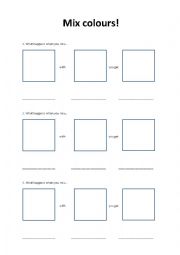
|
Mixing colours
Mixing colours with the basic colours CMY (Cyan, Magenta, Yellow). I use this task before a teach the colour circle (from Itten/K�ppers). The children shout experiment what happens, when they work just with this 3 colours!! It�s fun to see how proud the kids are, when they find out the secondary colours by mixing themselves.
With older kids, you c...
Level: elementary
Age: 7-14
Type: worksheet
Downloads: 1
|
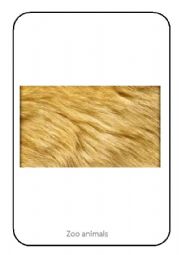
|
Vocabulary Cards - Zoo animals- 2
Flashcard for school. To learn the Zoo animals, I use them for second language learners in school. You can use them also as flash cards or game cards (finding word and picture pairs)
Part 1 include 18 animals.
Part 2 the words to describe the animals (fur, feathers, leather, four legs, two legs, tail, trunk, beak, fins, horn, wings)
Part ...
Level: elementary
Age: 7-11
Type: flash-card
Downloads: 13
|
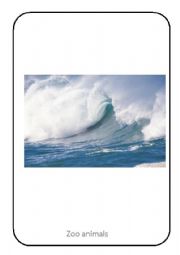
|
Vocabulary Cards - Zoo animals- 3
Flashcard for school. To learn the Zoo animals, I use them for second language learners in school. You can use them also as flash cards or game cards (finding word and picture pairs)
Part 1 include 18 animals.
Part 2 the words to describe the animals
Part 3: the places where Zoo animals live (sea, grassland, forest,mountains, icy regions...
Level: elementary
Age: 6-10
Type: flash-card
Downloads: 5
|
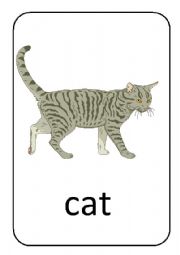
|
Farm animals (1)
Flashcard for school. To learn the farm animals, their babys and sounds. I use them for second language learners in school.
Part 1 with: cat & kitty, dog & puppy and rabbit.
Because of the upload limit I had to separate the document in 6 parts... Sorry for that ;-)
Have also a look to the other documents: http://www.eslprintables.com/printable....
Level: elementary
Age: 4-12
Type: flash-card
Downloads: 18
|
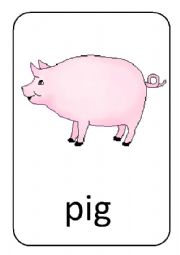
|
Farm animals (3)
Flashcard for school. To learn the farm animals, their babys and sounds. I use them for second language learners in school. Part 3 with: pig & piglet, horse & foal. Because of the upload limit I had to separate the document in 6 parts... Sorry for that ;-) Have also a look to the other documents.
Level: elementary
Age: 4-12
Type: flash-card
Downloads: 15
|
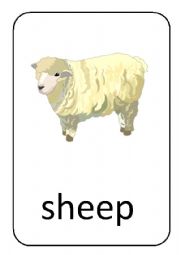
|
Farm animals (4)
Flashcard for school. To learn the farm animals, their babys and sounds. I use them for second language learners in school.
Part 4 with just: sheep & lamb
Because of the upload limit I had to separate the document in 6 parts, and I don�t know - this part just includest 4 cards... Sorry for that, I don�t know why... in part 5 you�ll find the so...
Level: elementary
Age: 6-12
Type: flash-card
Downloads: 13
|
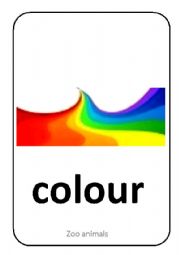
|
Vocabulary Cards - Zoo animals- 4
Flashcard for school. To learn the Zoo animals, I use them for second language learners in school. You can use them also as flash cards or game cards (finding word and picture pairs)
Part 1 include 18 animals.
Part 2 the words to describe the animals
Part 3: the places where Zoo animals live
Part 4: also category cards (colour, size, leg...
Level: elementary
Age: 6-10
Type: flash-card
Downloads: 9
|
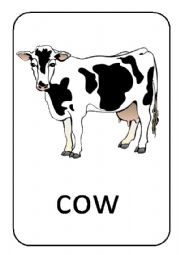
|
Farm animals (2)
Flashcard for school. To learn the farm animals, their babys and sounds. I use them for second language learners in school.
Part 2 with cow & calf, duck & duckling.
Sorry more doesn�t fit in 500 kb... ;-) )
Have a look at the other parts: http://www.eslprintables.com/printable.asp?id=659501#thetop
Level: elementary
Age: 6-12
Type: flash-card
Downloads: 23
|
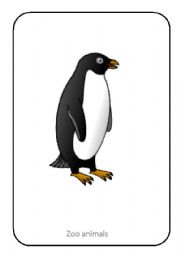
|
Vocabulary Cards - Zoo animals
Flashcard for school. To learn the Zoo animals, I use them for second language learners in school. You can use them also as flash cards or game cards (finding word and picture pairs)
Part 1 include 18 animals. (penguin, tiger tortoise, polar bear, monkey, giraffe, rhino, seal, elephant, lion, snake, kangaroo, crocodile, bear, parrot, camel, hipp...
Level: elementary
Age: 6-11
Type: flash-card
Downloads: 15
|
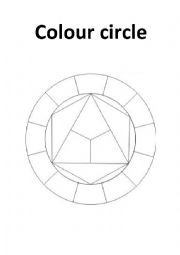
|
Colour circle or colour wheel from J. Itten
The colour spectrum from Johannes Itten is a good practice for children to understand that colour mixing has a order. The traditional circle is made with Red, Yellow and Blue. Today we use Cyan, Magenta and Yellow (have a look into your printer) to mix any possible colour.
Nice experiment for children to see the differences.
Level: elementary
Age: 7-14
Type: worksheet
Downloads: 8
|
|
|
|